
Tips on How To Tow a Trailer
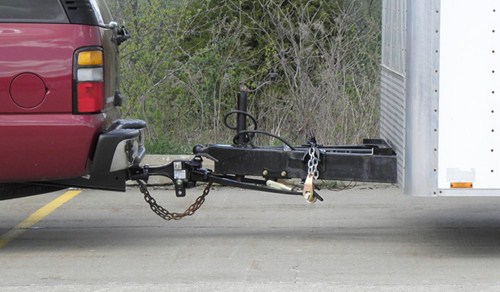
Equipment Capacity


Trailer Loading
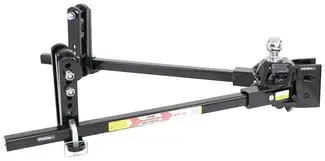
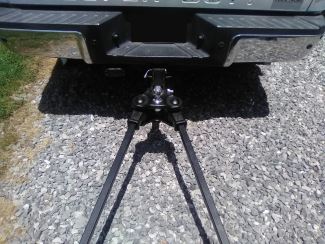
Driving
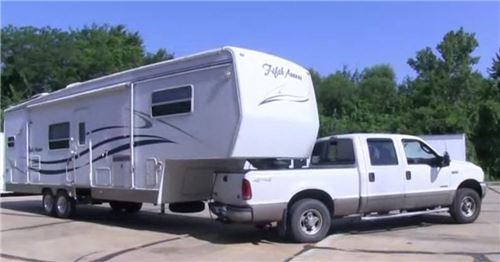
Gradually reduce speed Steady the steering wheel - sudden turns can cause more sway Apply only the trailer brakes to help reduce trailer sway
Do not slam on the brakes - jackknifing could occur Do not attempt to steer out of a sway situation Do not increase speed - trailer sway increases at faster speeds Do not tow a trailer that continues to sway (consider reloading the trailer or perhaps adding sway control or a weight distribution system with sway control).
Trailer Towing Components
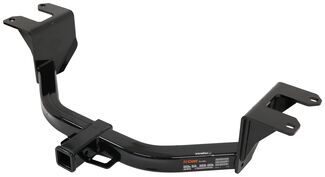
Trailer Hitches

Ball Mounts
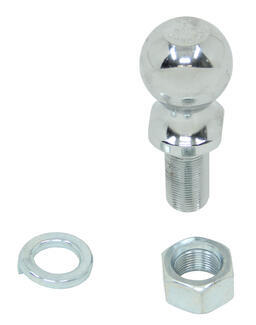
Hitch Ball
Gross trailer weight (GTW) Hole diameter on the ballmount Ball mount platform thickness Trailer coupler size
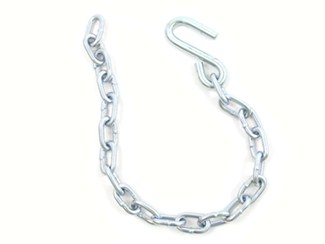
Safety Chains
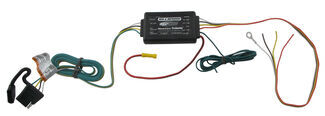
Trailer Wiring
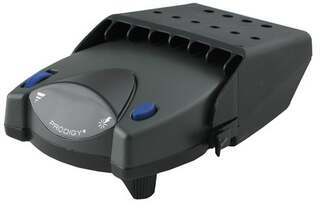
Electric Trailer Brake Controller
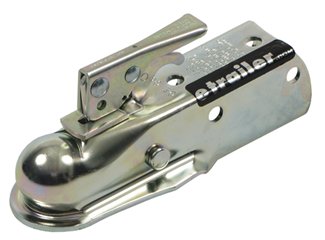
Trailer Couplers
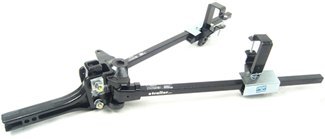
Weight Distribution
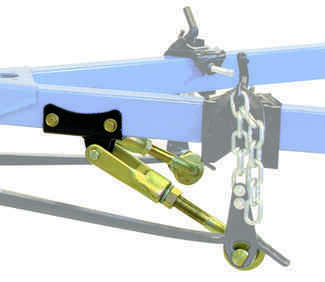
Sway Control
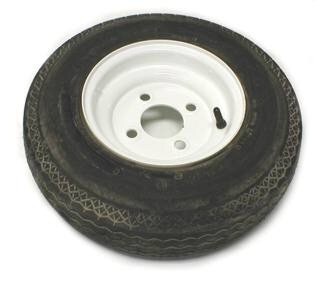
Trailer Tires
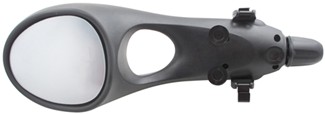
Towing Mirrors
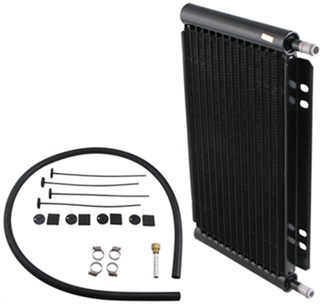
Transmission Coolers
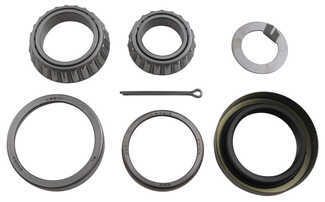
Trailer Bearings, Races, and Seals

David C.
8/5/2021
I have: 2009 Honda Element EX with a class I hitch (no ball). I eventually want to be able to tow a trailer with a boat that do not exceed my 1500 lb capacity. Could you please help me figure out what I need to purchase (including a class II or III hitch if required) in order to do this? Thanks very much.


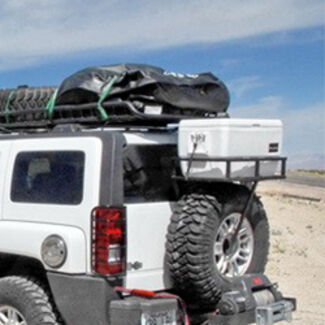
John H.
6/3/2021
I was shocked when I was recently told by a supposedly knowledgeable source that trailer GVWR does not include tongue weight. Is this true?

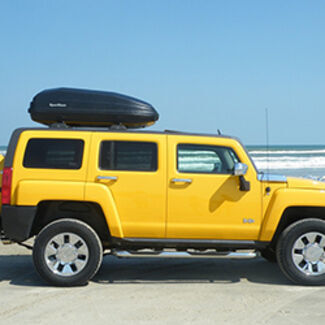
Kelly P.
3/31/2021
Im planning on pulling my 18 ft trailer behind a dodge caravan. Can you tell me of this will work.

Departments
Towing
- Trailer Hitch
- Fifth Wheel
- Gooseneck
- Towing a Vehicle
- Front Hitch
- RV Hitch
- ATV Hitch
- HD Truck Hitch
- Vehicle Wiring
- Brake Controller
- Ball Mounts
- Weight Distribution
Sports and Recreation
Trailer Parts
- Utility Trailer
- Boat Trailer
- Landscape Trailer
- Enclosed Trailer
- 5th/Camper Trailer
- Car Hauler
- Horse Trailer
Vehicle
Contact & Help

Popular Vehicles
- Subaru Forester
- Ford F-350 Super Duty
- Ford F-250 Super Duty
- Chevrolet Silverado 1500
- Jeep Wrangler Unlimited
- Jeep Wrangler
- Ram 3500
- Toyota Highlander
- Ram 2500
- Chevrolet Silverado 2500
- Subaru Outback Wagon
- Chevrolet Silverado
- Dodge Ram Pickup
- GMC Sierra 2500
- Ram 1500
- Ford F-250 and F-350 Super Duty
- Jeep Grand Cherokee
- Toyota Tacoma
- GMC Sierra 3500
- Toyota Tundra
- Ford Escape
- More >>



















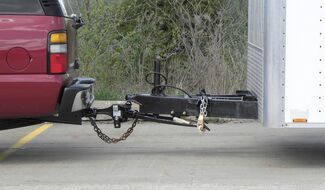
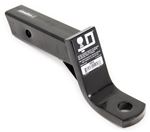



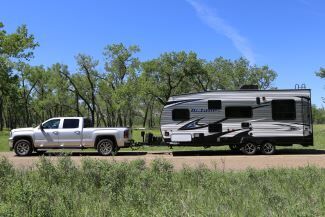



Margaret E.
9/13/2021
My Scamp has a small refrigerator. Can my car battery cool the camper refrigerator while I'm driving? If so, should I turn the electric switch on my camper on or off? Thank you.